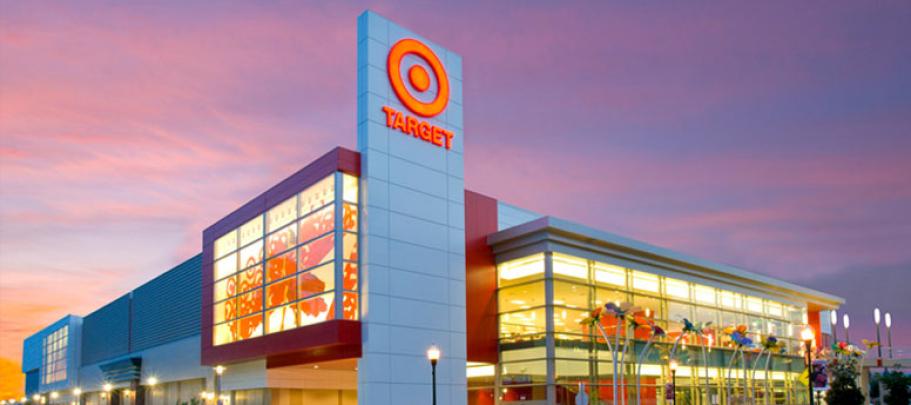
Target Corp., the retailer known for its big box stores, is going in a new direction.
The chain is opening smaller stores in cities and college towns to appeal to the changing tastes of consumers, who are more likely to shop locally or order online than take a major trip to the mall.
You get where I’m going with this, don’t you? For too long, we’ve approached internal communication with the assumption that every employee will be equally comfortable in an extra-large tee shirt. We:
- Plan town hall meetings that are filled with information
- Create emails and articles that contain every fact someone needs to know about a topic
- Develop other channels that assume employees have lots of time to spend on expansive and comprehensive content
Here’s the problem: A. Employees don’t have the time. And, B. They’re just not that into most of the stuff we send.
We need to take a page from Target and build communication that’s more:
- Bite-sized. Target’s new stores are smaller (less than 50,000 square feet, compared to 145,000 for the big-box version) so that makes them easier to navigate.
- Convenient. Part of Target’s strategy is to locate new stores in neighborhoods closer to where people live and work. That means you can drop by on your way home and pick up a few things.
- Curated. Smaller Targets will have a limited selection of items, tailored for the people who live nearby. Stores in college towns won’t have baby items, for example.
- Fun. Target’s brand has always been accessible and light-hearted. The new stores build upon this identity but in a more accessible way.
If your communication isn’t all these things, it’s time to shrink it. Refresh it. Revitalize it. And, most important, make sure it fits the needs of our employee customers.




